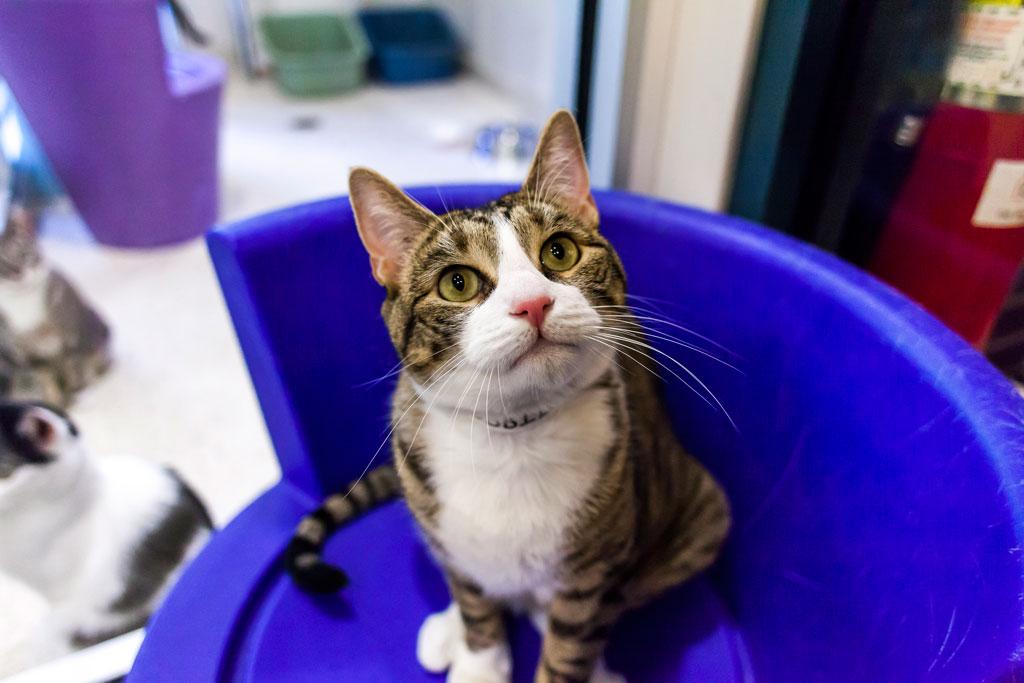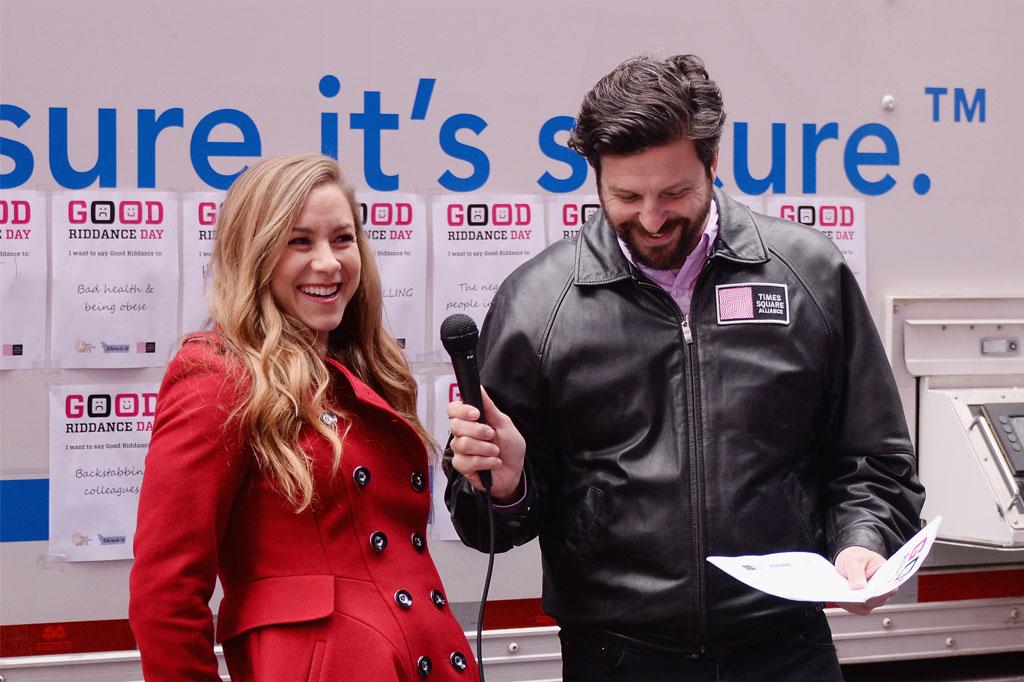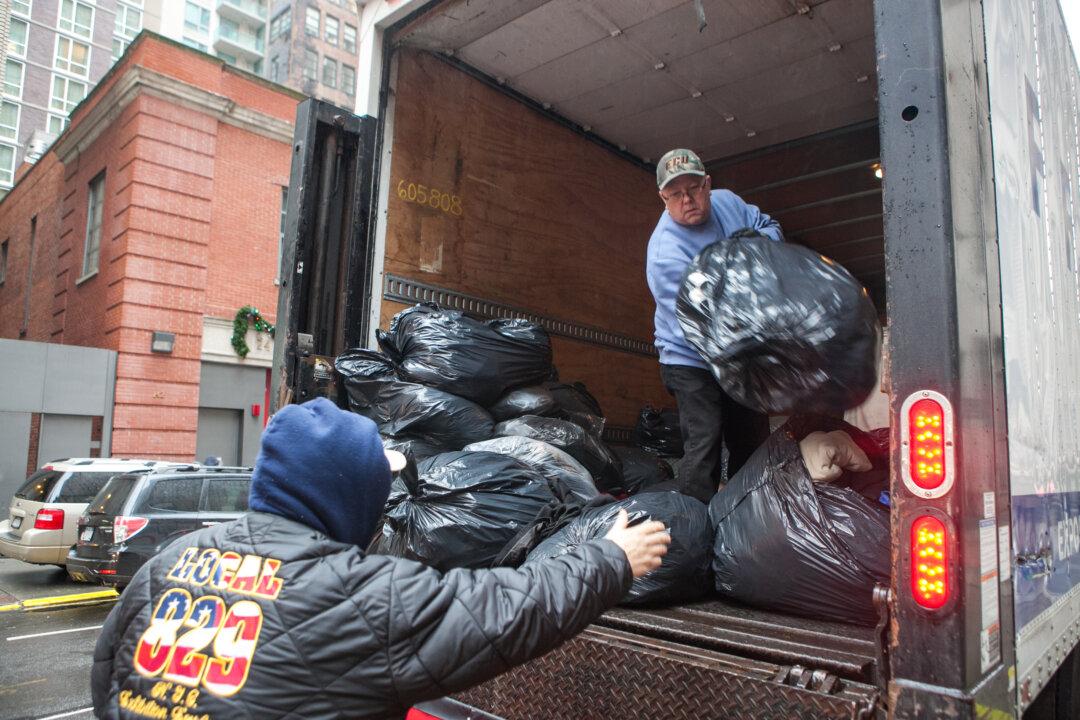The National Retail Federation has reported that holiday-period spending will increase this year compared to last. While the average consumer will increase spending on gifts for his or her family by 6.5 percent, they'll increase spending on gifts for their pets by 14.18 percent.
Though pets might not be fully aware of their ever-growing favored place in modern life, the old joke of the alien visitor to earth asking a dog how his species managed to enslave humans, is becoming funnier by the day.
It’s not just current pets who are benefiting from the recent rise in disposable income; adoptable pets are also snapped up in greater numbers during the holiday period.
‘Mancattan,’ the Island of Whiskers and Purrs
Gail Buckwald, senior vice-president of the ASPCA adoption center in New York, sees this as being quite logical, since the holidays are often an ideal time to acclimatize a newly adopted pet. “Kids are off from school and, for some, it’s a perfect opportunity to transition a pet into the home. However, I would advise waiting until the new year when festivities have died down, for prospective adopters who'll be traveling or entertaining lots of guests during the seasonal period.”
Though same-day adoptions are a frequent occurrence at the center, Buckwald advises potential adopters that bringing home a pet can take, on average, one to two visits, and potentially more, in order to find the best match for both human and animal. She likens it to the real estate or automobile market, and said “People in the market for a car won’t drive the first car they see off the lot, therefore adopters shouldn’t expect to take home the first pet they meet.”






